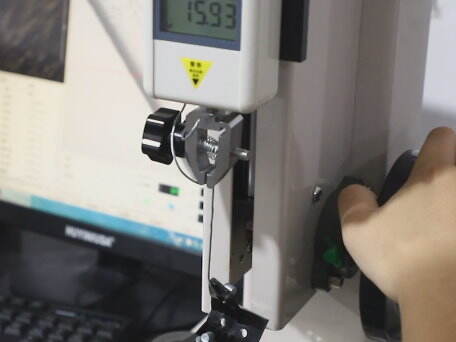Einführung
Der Prozess der StählungVergussfür Zinklegierungen kann man Präzisionszink erhaltenDruckgussTeile. Wir können diese Teile für die Vergrößerung oder Dekoration platzieren oder beschichten. In diesem Artikel werden wir sehen, wieZinklegierungDie Kommission hat die Kommission aufgefordert, die in den vorstehenden Artikeln beschriebenen Maßnahmen zu prüfen.
Zinklegierung mit Plattierung und Beschichtung
Zink ist ein gut korrosionsbeständiges und starkes Material, das direkt verwendet werden kann; jedoch ist eine gewisse Beschichtung zu berücksichtigen, da Zink anfällig für Reaktionen ist. Aufgrund ihrer chemischen Eigenschaften eignen sich Zinklegierungen für viele Beschichtungsprozesse, aber ein für Sauerstoff
Vorverfahren, die üblich sind
Für die Reinigung verwenden wir Entfettung, um Öle abzuziehen, und Säurebeimühlung, um Oberflächenoxide zu entfernen. Darauf folgen Aktivierungs- und Sensibilisierungsprozesse, um die Oberfläche vorzubereiten, damit die Beschichtung gut haften kann.
Techniken zur Galvanisierung von Druckgussteilen aus Zinklegierung
mit dem Elektroplattieren, einem der häufigsten Ansätze; dieser Prozess reduziert Metallionen, um eine Metallablagerung auf der Oberfläche der Zinklegierung zu bilden. Sie sind in der Regel Nickel oder Chrom oder Kupfer in der Natur und bieten im Allgemeinen einige signifikante Eigenschaften,
Beschichtungsprozess von Zinklegierungsgussteilen
Die andere Form des Trockenbeschichtungsprozesses ist fast ähnlich dem Flüssigmalprozess, nur dass sie den Trockenpulvertyp verwendet, aber die Elektrostatik mit der gleichen Methode erreicht und der Aushärtungsprozess dann durch Hitze als ein anderer Prozess durchgeführt wird. Es ist ein relativ schwerer wetterbeständiger
Nachbehandlungsprozesse
Nach der Beschichtung oder durchläuft Beschichtung Prozess, werden Teile überprüft oder QCs nach der Übergabe von einer Anzahl von geeigneten Kontrollstellen, wie Spezifikation / Art und Weise Anforderung von bestimmten Teilen zu erfüllen müssen.
Vorteile von Platten und Beschichtungen an Formguss-Zinklegierteilen
Die Vorteile von Zinkgussteilendauerhafter Korrosions- und Verschleißschutzverbesserte ÄsthetikBranding-Verbesserungfunktionale Verbesserungverbesserte Komponentenwert
Herausforderungen und Einschränkungen
Die Wahl der richtigen Beschichtung oder Beschichtung ist von entscheidender Bedeutung, da die Beschichtung selbst technische Einschränkungen aufwerfen und Fehlerpunkte einführen kann.
Schlussfolgerung
Die Vorteile und Nachteile jeder Methode der Beschichtung und Beschichtung werden den Herstellern helfen, den Prozess zu wählen, der die Leistungsmerkmale und/oder Ästhetik ihrer Beschichtungsteile optimal maximiert. Bis neue Oberflächenbehandlungsalternativen für Beschichtungsteile aus Zinklegierungen verfügbar sind

